Renewable Energy
Biomass solutions involve the use of organic materials, such as wood, agricultural residues, municipal solid waste, and various types of organic matter, to generate heat, electricity, or fuels.
Biomass can be burned directly or processed into biofuels such as ethanol and methane. For example, plant biomass can be converted into bioenergy, such as biofuels and biogas, through processes like combustion, gasification, pyrolysis, anaerobic digestion, and fermentation.
How it works
We utilise these waste to generate energy: wood and agricultural products, solid waste.
The majority of biomass used today constitutes homegrown energy. Reducing the reliance of imported energy.
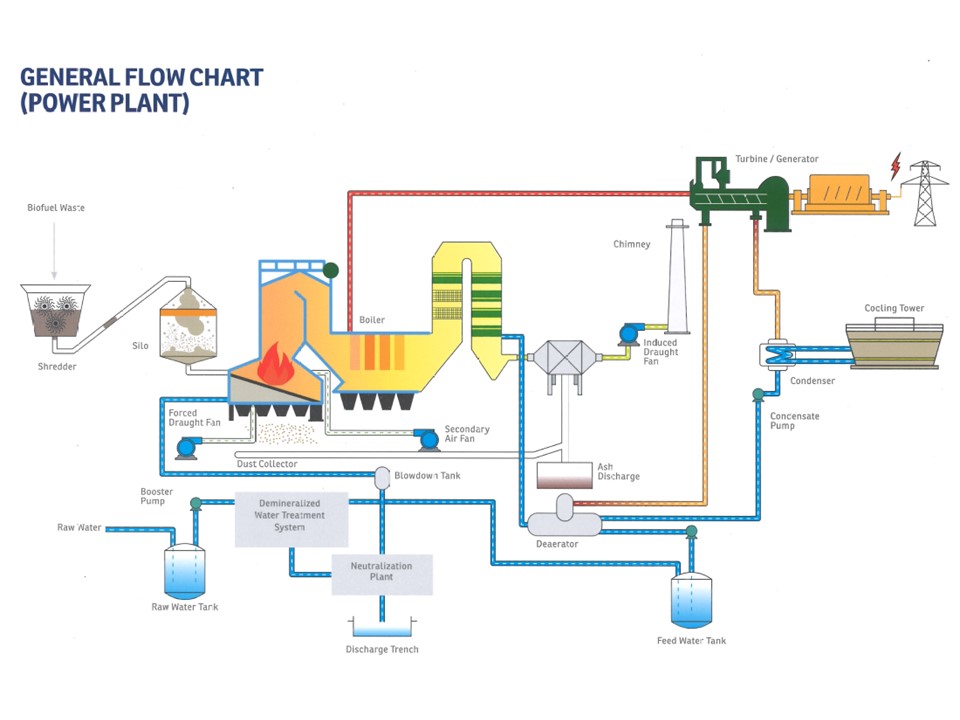
Examples of Biofuel Waste
-
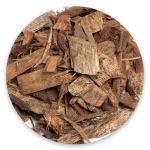
Wood Chips
-
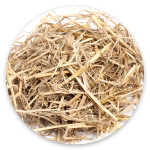
Rice Straw
-

Coconut Husk
-

Empty Fruit Bunch
-

Corn Cob
-

Tree Bark
-

Oil Palm Trunk Fibre
-
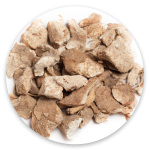
Tapioca Waste
-
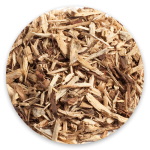
Cassava Rhizome
-
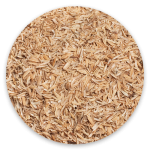
Rice Husk
-
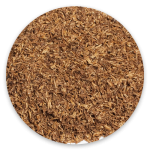
Brewery Waste
-

Palm Shell
-

Wood Pellets
-

Waste / RDF
Benefits of Biomass Energy
Renewable Energy Source Biomass sources can be replenished relatively quickly through sustainable practices like planting new trees or managing crops.
Reduces Reliance on Fossil Fuels and Enhances Energy Security Helps decrease dependence on finite resources and reduces greenhouse gas emissions if managed sustainably.
Waste Utilization and Reduction Turns waste products like manure or municipal solid waste into valuable resources, utilizing materials that would otherwise decompose and release methane, a potent greenhouse gas.

